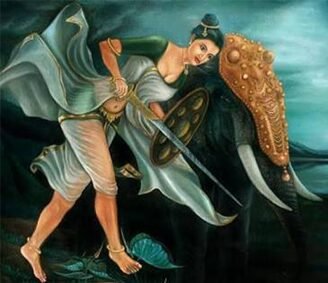Cheung Chau Bun Festival: Traditional Chinese Festival of Taoist

Cheung Chau Bun Festival: “Lucky Buns”, Bun Scrambling Competition, Vegetarian Food and Lion Dancing
A Traditional, renowned, and auspicious festival celebrated by the residents of Cheung Chau island located in Hong Kong – Cheung Chau Da Jiu Festival. It can be said that this is the most famous Taoist festival in this region because you can see thousands of locals and tourists roaming around the island and celebrating this festival. This is a four days long festival. The third day of the festival is a public holiday, as it is this day when the parade marches through the city and all other major and main activities take place. Vegetarian food is considered a speciality on this occasion, as on the first two days and the morning of the third day, vegetarian food is the only thing that people eat. Another thing that’s by far the most famous activity of this festival is the ‘Bun Scrambling Contest’. And by Bun Scrambling I mean, a tower of bamboo is made, buns are hung on this tower and the contestants have to scramble over the tower to get the buns. Whoever collects the most buns is declared the winner. Another prominent activity is the parade, which includes children with floats, marching bands, lion dances and many other activities.
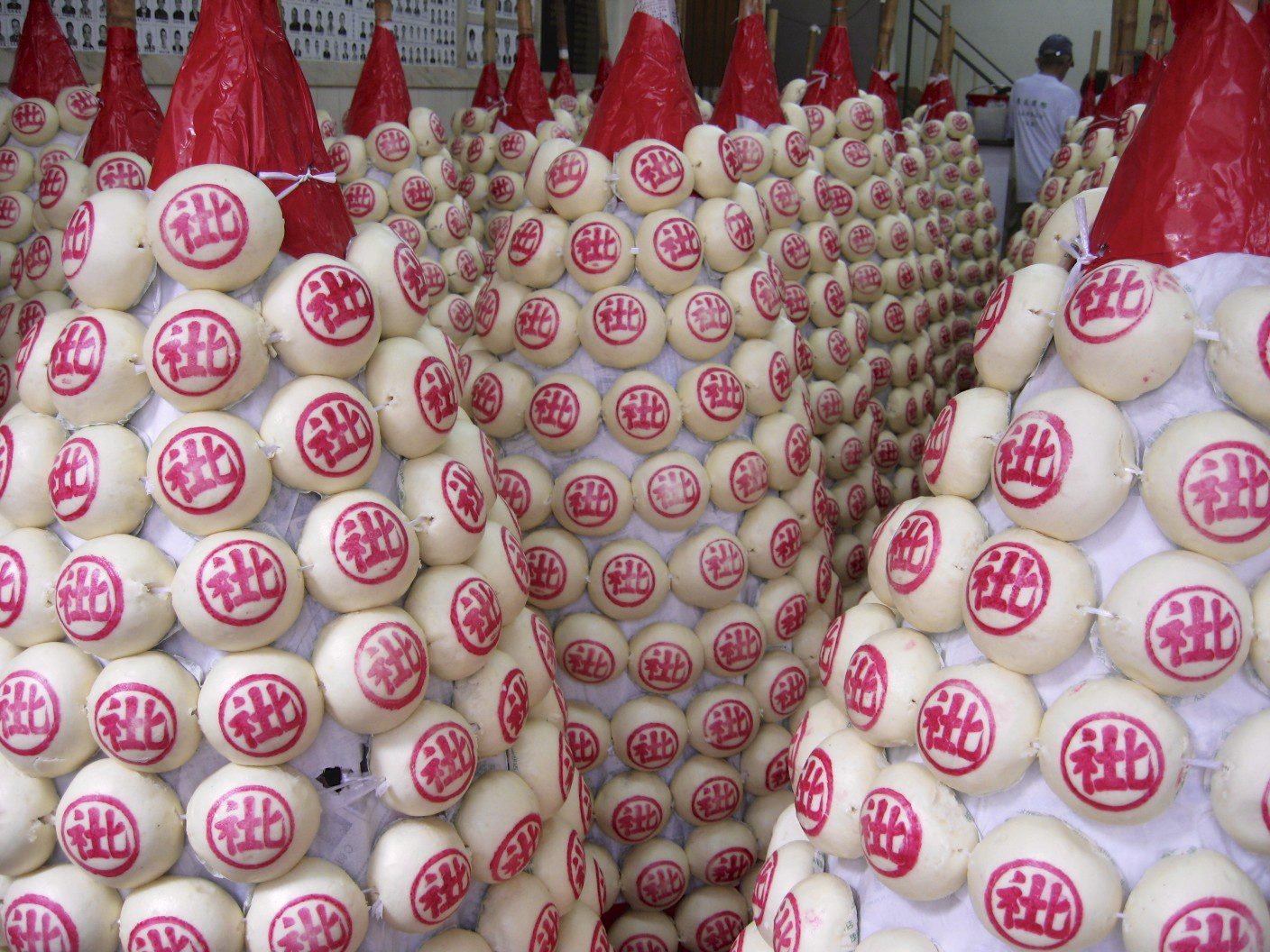
Cheung Chau Da Jiu Festival or Cheung Chau Festival is a traditional Chinese festival held annually. On the Eighth Day, the Fourth Month of the Chinese Lunar calendar (typically the last of April or May of the Gregorian calendar) is the day when the Cheung Chau Da Jiu Festival is celebrated, even though it’s a Taoist festival the day coincides with the birthday of Budhha. The word “Jiu” in the name of the festival refers to the ‘Taoist Sacrificial Ceremony’. It is by far the most famous of such Da Jiu festivals, one which traces its origin date back to the late Qing dynasty. A plague outbreak happened in the 18th century in Cheung Chau which caused numerous deaths and affected the villagers. Amid the breakout another threat came, pirates infiltrated the village of this island. In the chaotic times, the local fishermen used the image of Pak Tai to drive away the pirates. The villagers also disguised themselves as different deities and marched through the village streets to chase away the evil spirits. Pak Tai is the Taoist God of Sea, who is believed to have the power to bestow upon the boon of smooth sailing and good catches for the sailing boats. After the plague ended and the pirates ran away, a new annual ritual was born.
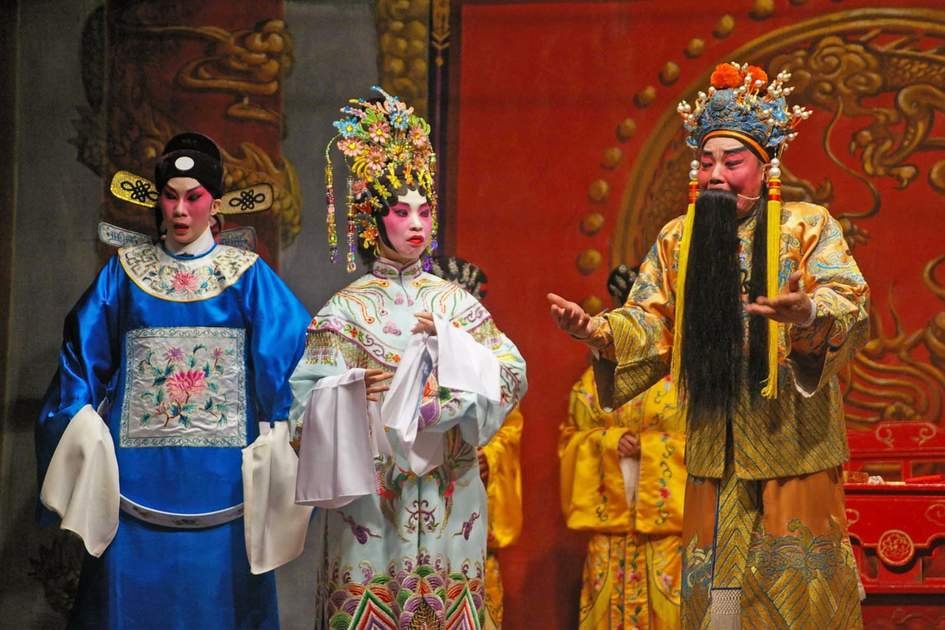
Well enough of pirates and plague, now let’s dive into the world of bun and fun, something which doesn’t fail to attract and bring tourists to this small yet lively island. Let’s get started with the most famous thing on the island, lucky bun towers and bun scrambling contest.

In front of the ages-old Pak Tai Temple, three towers made of scaffolding bamboo are erected, these towers are 60 feet tall. These towers accompany many other small towers. ‘Lucky Buns’, which are white flour yeasted bread dough, are pasted on these traditional towers. And the buns are stamped with the Mandarin character “平安” (ping an), which means peaceful and safe, and come in three flavours: lotus, sesame or red bean paste. Along with these bun towers a 20 meters high tower, made up of metal, is also placed. This tower has fake buns pasted on it. And it is this metal tower that is used for the famous and iconic Bun Scrambling Contest. As midnight strikes, so does the start of this incredible competition. Three minutes is availed to the participants, in this time they have to pluck and collect buns into their sacks as many as possible. Even though the buns are the points, the higher the bun you collect the higher the score. The tower is split into three tiers: Top, middle and lower. The top tier buns give 9 points, Middle Tier gives 3 points and the Lower tier gives 1 point. So usually the participants try to collect the buns from top to bottom. The most scoring competitor is declared the winner.
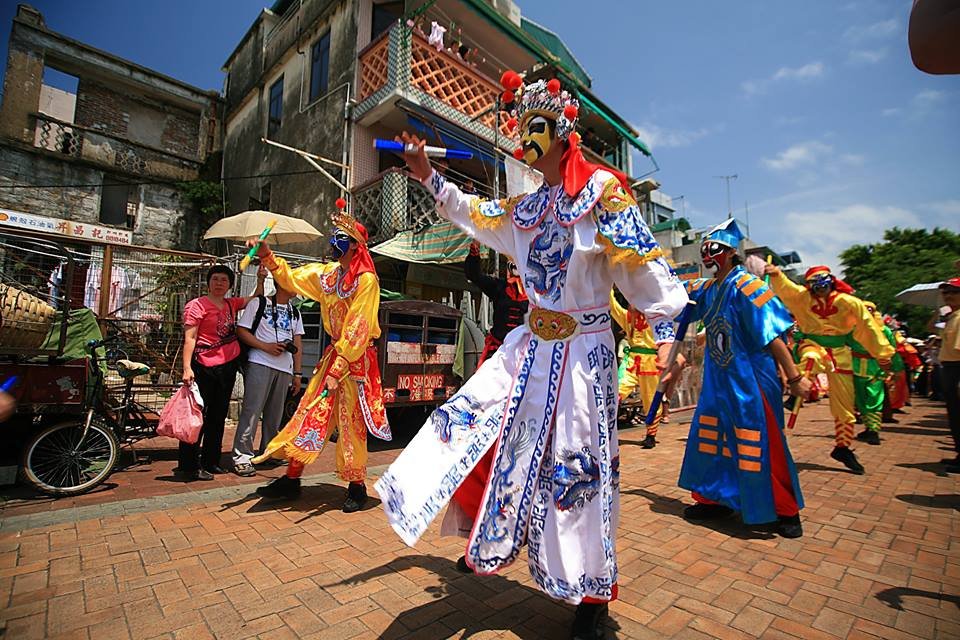
At a quarter to midnight a paper effigy of the ‘King of the Ghosts’ is set ablaze, large incense sticks are lit and the buns are harvested. These buns are then distributed to the villagers, who are always pleased to be sharing in this good fortune.
Next comes the Parade. On the third day, a parade is organised, in which Children are dressed in costumes that resemble mythological Chinese deities and do balancing acts on high stands. This balancing act appears as if these children are floating, so this part of the parade is also called Children’s Float. Apart from this lion dances, dragon dances, marching bands and Martial art demonstrations also make colourful sights. Drums are beaten loudly to ward off evil spirits and the whole parade is led by a beautiful image of Pak Tai, the Taoist God of water.

Having fun also takes energy and for the energy we need food. Just like the event the food served here during the festival is also special. The islanders eat only vegetarian food during the three days of the festival until the parade marches through. Even the restaurants also serve vegetarian food only. The local McDonald’s takes off meat from the menu instead they add mushrooms, veggie burgers etc. to the menu.
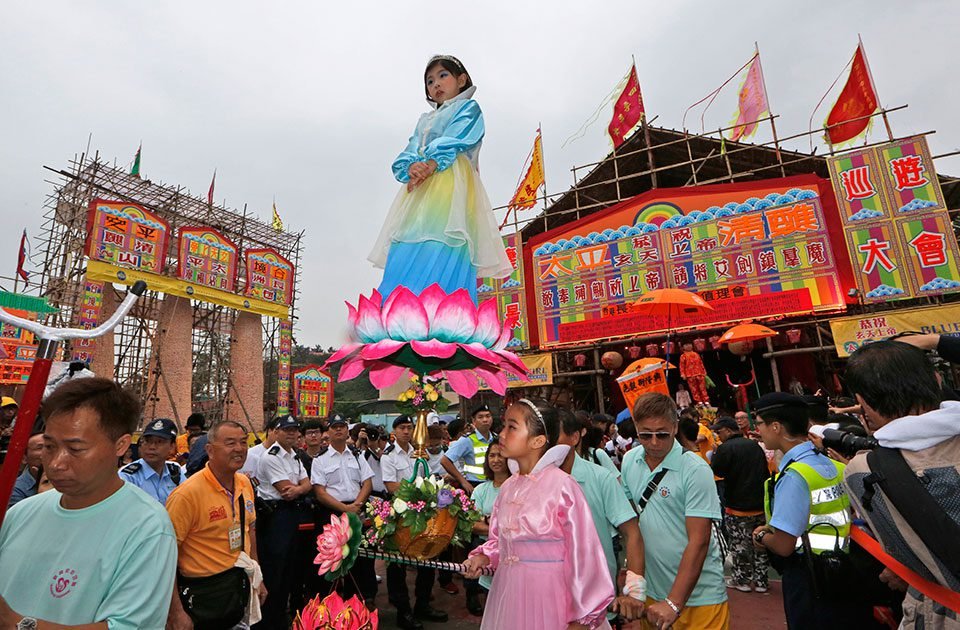
The main transportation form for getting to Cheung Chau island is through Ferries, which can take up to an hour. The time of travel just depends on which ferry you take, if you take one with an enclosed cabin it’s fast and if you opt standard or slow one you are sure to capture more scenic, tropical beauty. During the festival times, these ferries get crowded so planning and booking ahead of time always comes in handy. Once you reach Cheung Chau the journey to Pak Tai Temple takes only 10 minutes, and don’t be afraid of getting lost you just have to follow the crowd. This crowd is usually going towards the temple. Additional sails from Cheung Chau and bus routes are added to accommodate visitors who return after the last night of the event. If you want to enter the bun scrambling competition enrolment forms are available in the district-level offices and also on the Bun Carnival dedicated website. Physical fitness is a must to enter this contest, along with short-term climbing training. An accident in 1978, where around 100 people were injured, halted this climbing contest until 2005. In 2005, metal towers instead of traditional bamboo towers were introduced for the safety of participants. The festival was on a hiatus again for three Covid-19 affected years, it has now resumed. This festival is surely one which leaves an impact, so if you are visiting Hong Kong then do try to reach this tiny festive island.
